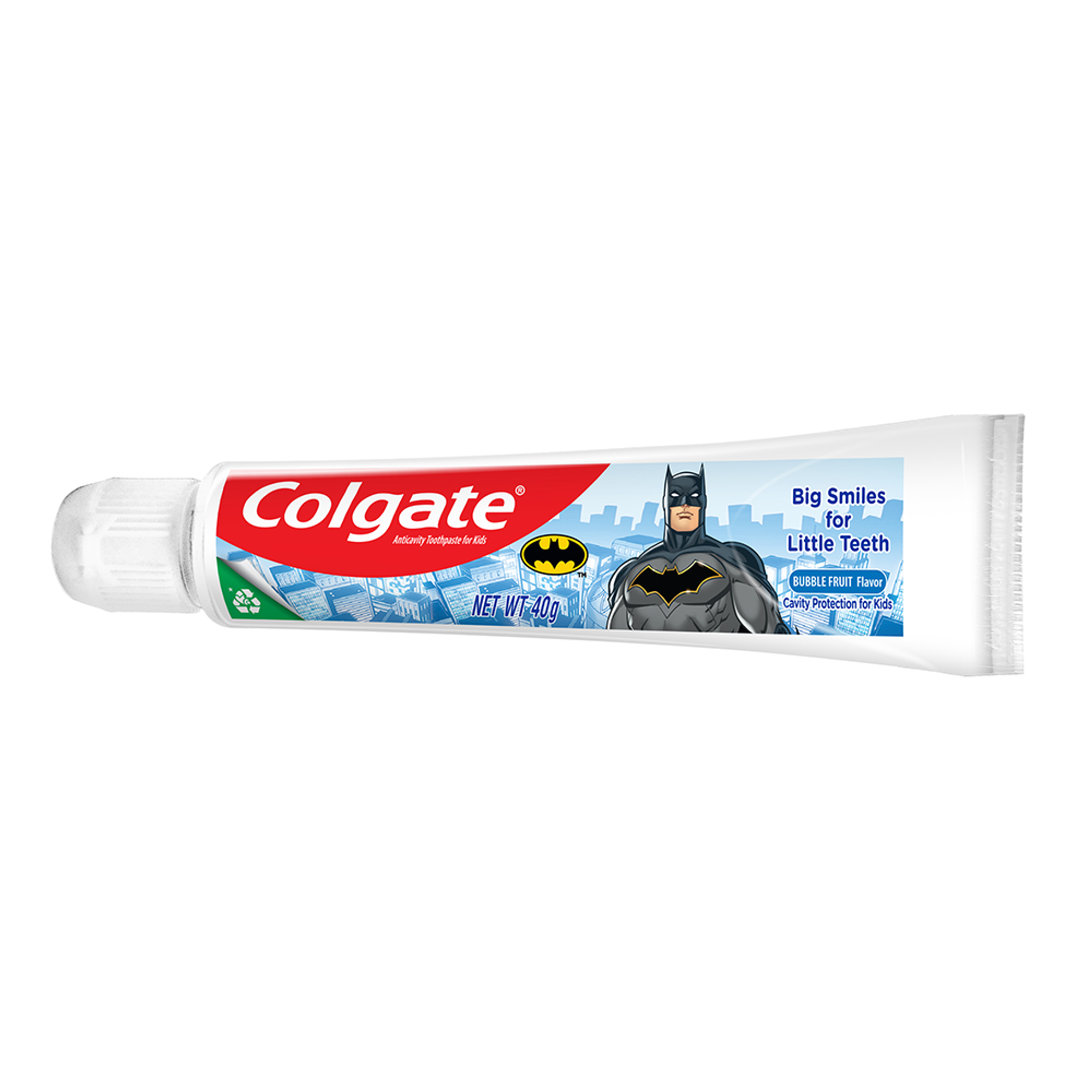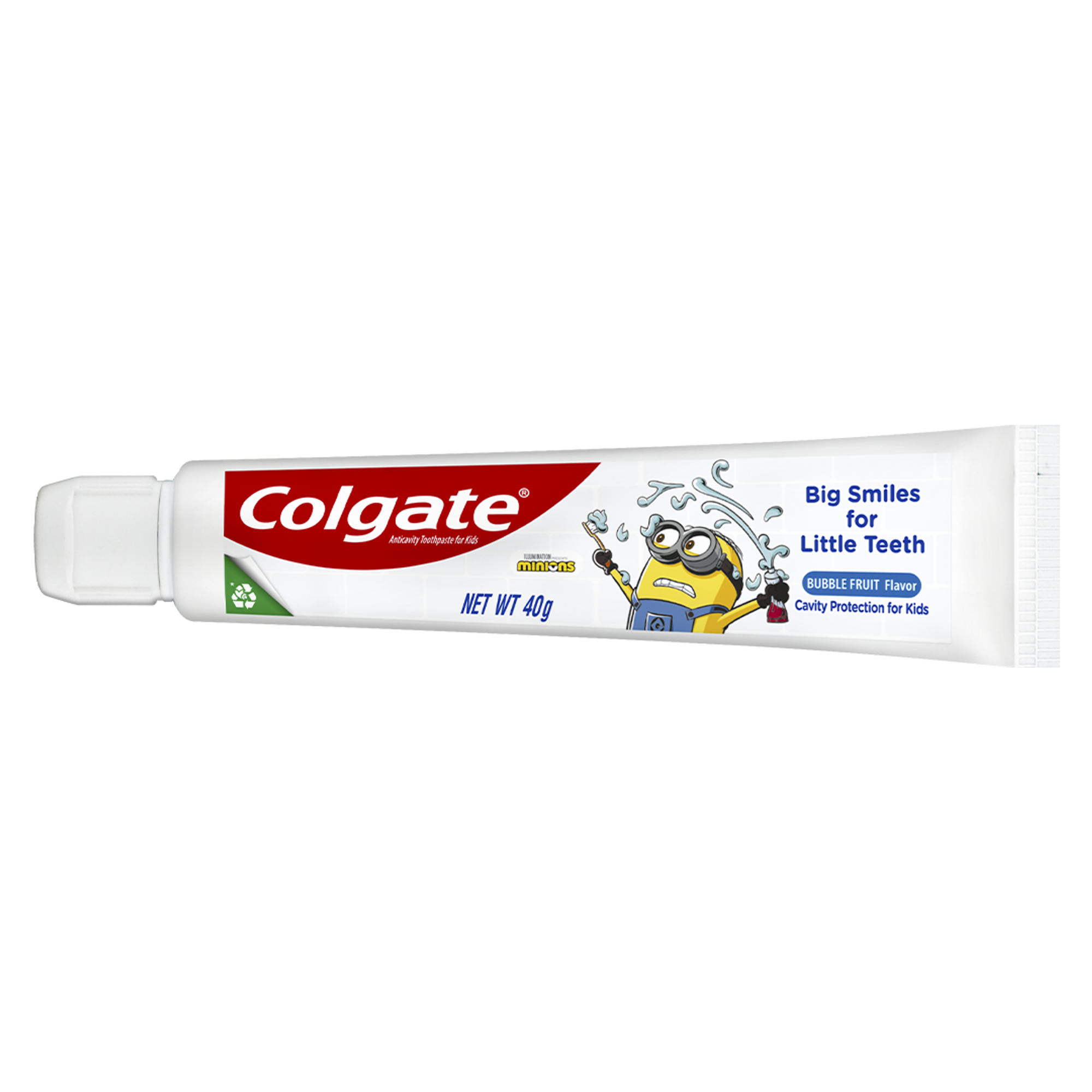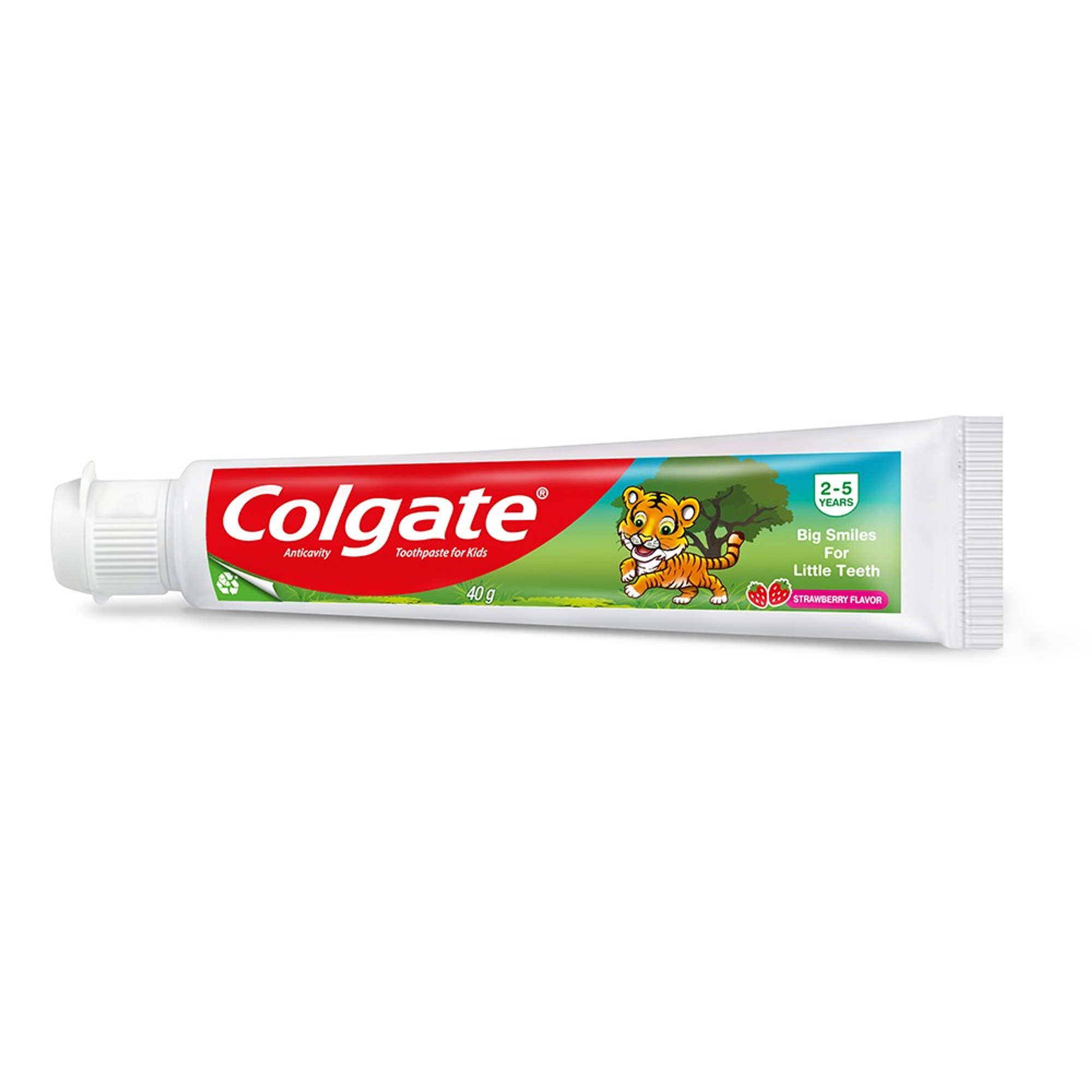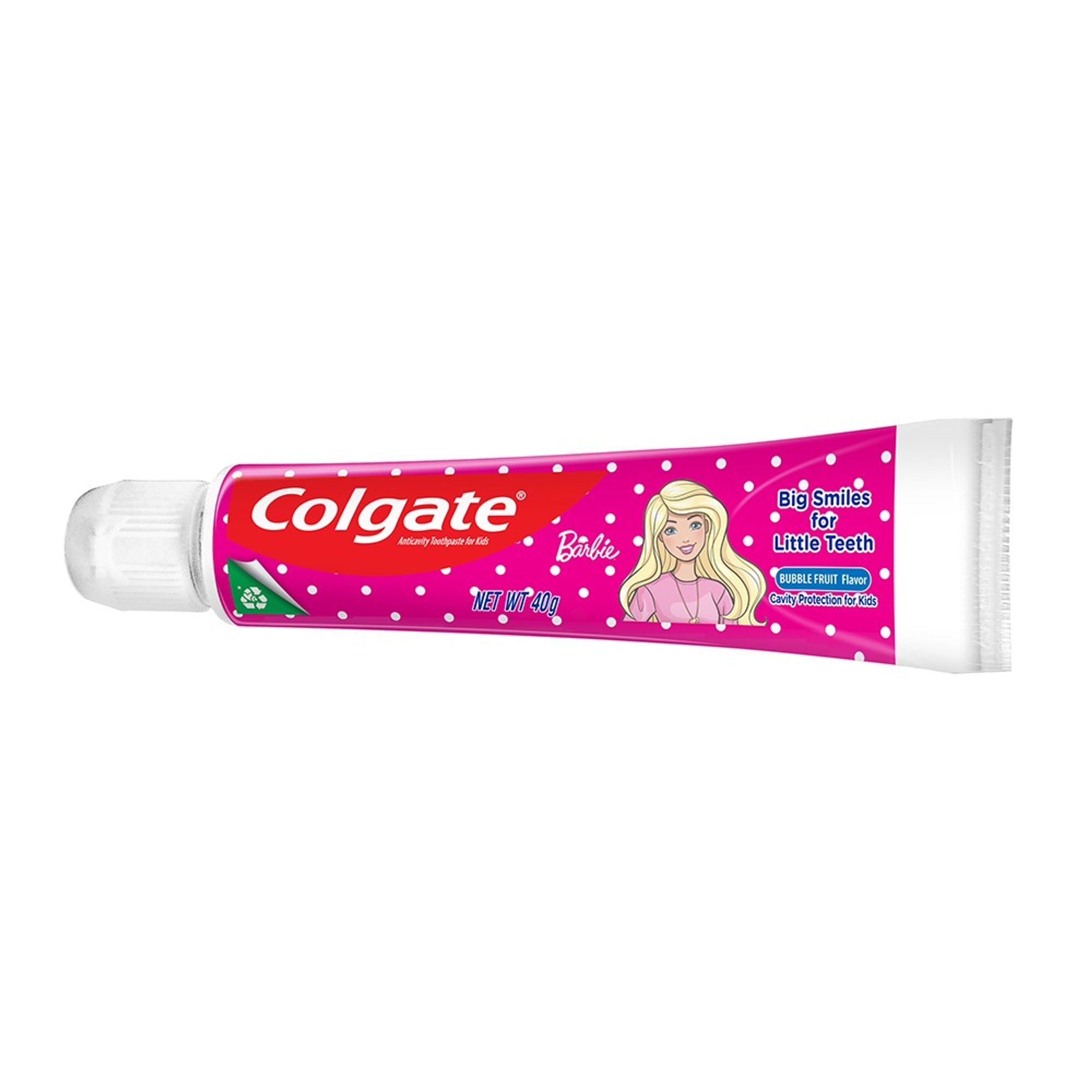Lips and Cheeks
Your lips and cheeks are made up of muscles that not only give you the ability to pucker up for a kiss, but also help shape your facial expressions – both happy and sad. Lips let air into your mouth for breathing and, together with cheeks, help you speak. They also keep food and saliva in your mouth while chewing. Ultimately, these strong muscles guide and keep your teeth in their proper positions.
Tongue
The tongue is a powerful muscle that facilitates chewing, swallowing, speaking and tasting food. With the use of taste buds – sensory receptors located on your tongue, according to InnerBody – you can enjoy the food you eat. You have about 10,000 taste buds on your tongue and other areas of your mouth, allowing you to detect sweet, salty, bitter and savory flavors.
Teeth, Gums and Alveolar Bone
Your teeth have a hard enamel crown along with roots that anchor them in your jaw bone. The alveolar bone surrounds the roots to stabilize the teeth in your mouth, while gum tissue also holds the teeth in place and protects the roots from decay. The main function of your teeth is to tear and chew food so it can properly undergo digestion, but teeth also give your face its shape and help you pronounce certain sounds (and aesthetically, they make for beautiful smiles).
Salivary Glands
You have six salivary glands that produce the clear liquid known as saliva. Made up of mostly water, saliva also contains substances that break down food to begin the digestive process. In addition, saliva moistens your mouth so that you can easily speak, chew and swallow. It also repeatedly washes bacteria from your teeth and gums to help prevent cavities and gum disease. The minerals and proteins found in saliva play a vital role in protecting the enamel of your teeth from tooth decay, and your body produces about two to four pints of saliva a day, according to Healthline.
Temporomandibular Joint
Your ability to open and close your mouth, move your lower jaw forward and side to side, as well as chew, speak and swallow is all thanks to the temporomandibular joints (TMJ). These two joints, according to the American Dental Association (ADA), are located on both sides of your head and work together with your jaw bone, facial muscles and ligaments. Any disruption in the synchronization of this pair – like arthritis or grinding your teeth – can result in facial pain, difficulty in chewing and other hindrances to normal jaw movement.
Keeping Your Oral Cavity Healthy
An oral hygiene routine that keeps all parts of the mouth healthy consists in brushing your teeth twice a day, using fluoride toothpaste and cleaning between your teeth with dental floss. To keep those taste buds sharp, brush your tongue regularly as well. Rinsing with an antimicrobial mouthwash can also reduce the amount of bacteria in your mouth at any one time and fight bad breath germs. Just as important, avoiding tobacco products and limiting sugars and carbohydrates that lead to decay benefits your health well beyond the areas described above.
It's important to schedule regular dental appointments and professional cleanings, which remove the tartar and plaque your toothbrush can't reach. Take comfort in knowing that your dentist will also do an oral cancer screening and check every area of your mouth for signs of disease.
Although pretty teeth are important, a healthy mouth is much more than that. Keeping all the parts of your mouth in good working order won't just ensure good dental health, but a healthy body too.














